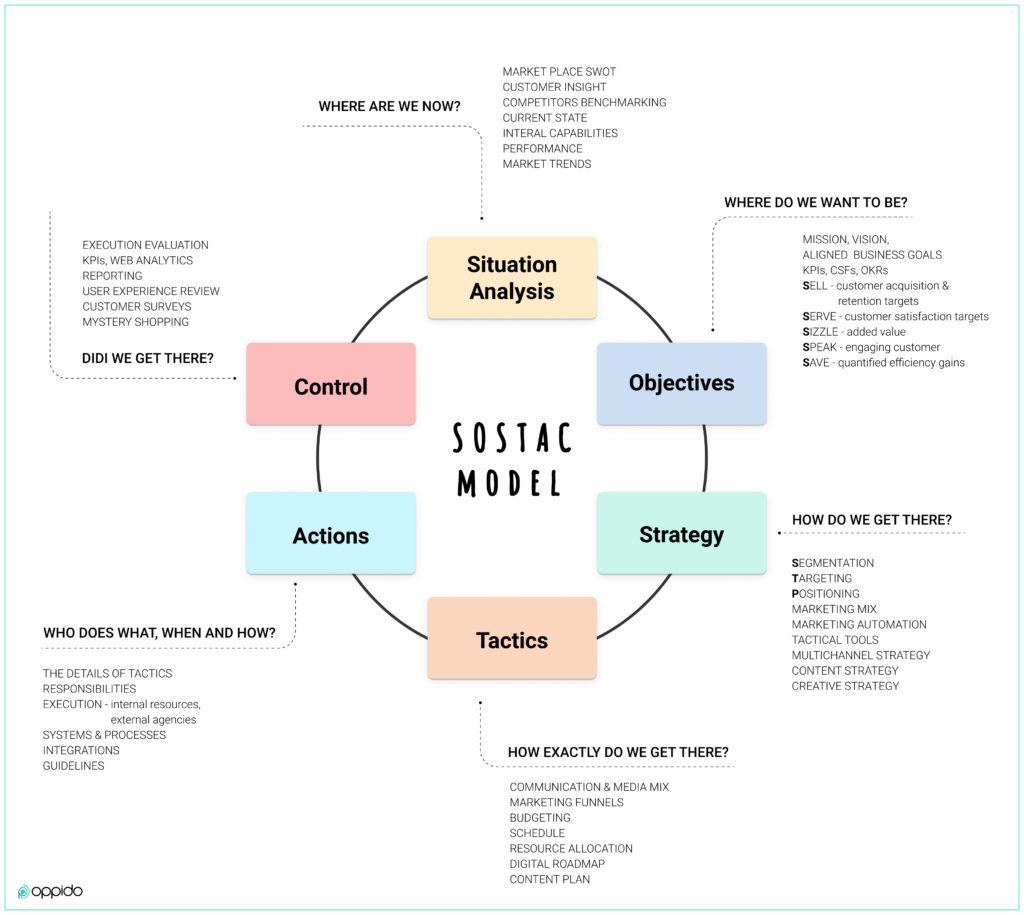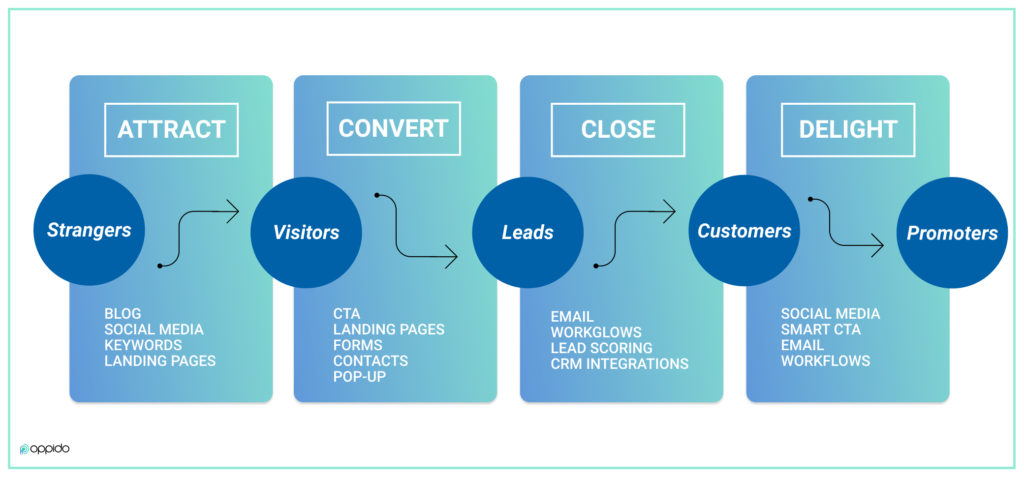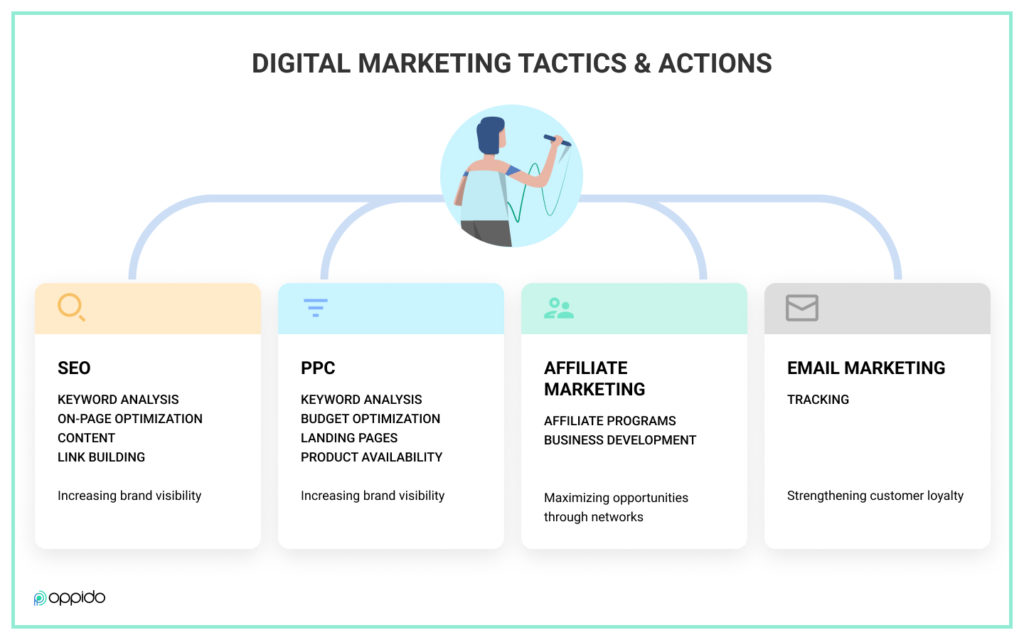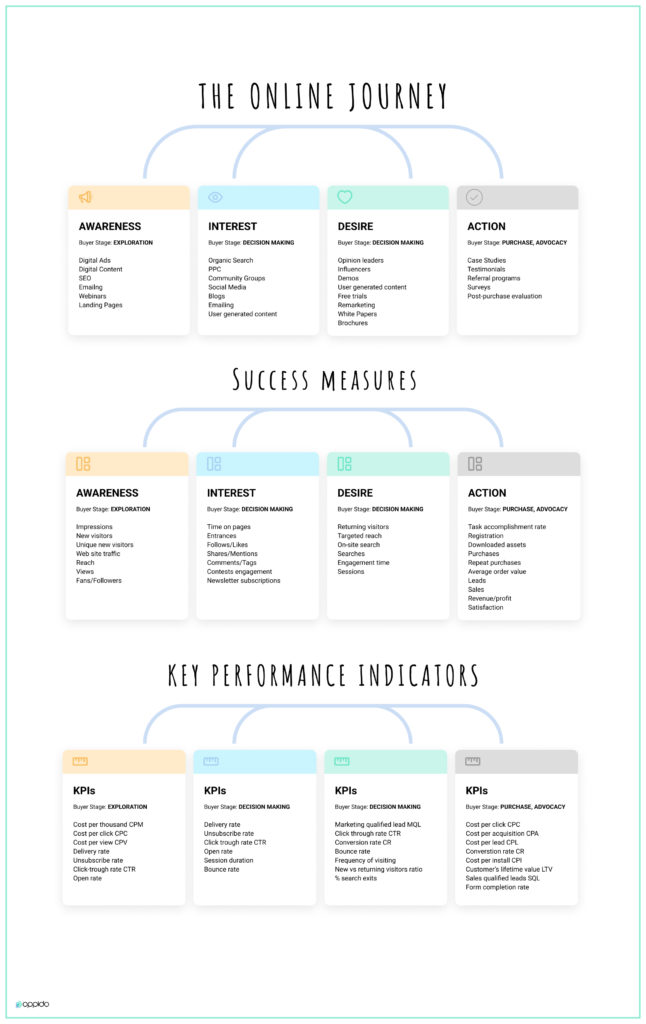This article will clarify the SOSTAC model created by PR Smith, a well-known and widely used model for any marketing or business planning. This six-step model is popular due to its simple structure while ensuring your marketing planning remains elaborated and logical. It’s a perfect way to scale any business, from start-ups to corporates.
Easy to Remember, Demanding to Execute
At first glance, this model might seem shallow and superficial. Once you look through it, however, you realise the value of its ingenuity. Covering six key areas, the abbreviation SOSTAC stands for:
- Situation Analysis: Where are we now?
- Objectives: Where do we want to be?
- Strategy: How do we get there?
- Tactics: How exactly do we get there,
- Action: What is our plan?
- Control: Did we get there?

1. Situation Analysis
The vital step for anyone designing any kind of strategy. Despite having a perfect business idea, you never succeed without knowing your organisation’s capabilities, customers’ needs/habits/expectations, overall business, and competitors’ environment. So, always focus on your 5Cs → company, customers, competitors, collaborators, and climate.
There are several tools to draw up an in-depth analysis of your current state. You can try different business model canvases, SWOT analysis, PEST or PESTEL analysis, RBV approach, or the VRIO framework. Situation analysis requires enormous effort and amount of work. However, it gives you an overall understanding and a base for any future business accomplishments.
Painting a picture of your current state, focus on the following areas:
- Customers/Consumers: Who are my customers, and how do they interact? How do they differentiate? What is the segment I want to target? What do they believe is my positioning strategy? What do my marketing personas resemble? What channels are they using? What are the touchpoints I reach them through? What are the challenges they are facing?
- Product: Does the product address key issues of my target audience? What is the positioning of my product? What are the key differences between my product and my competitors’ product? What is the value proposition?
- Competitors: Who are my direct and indirect competitors? How do they have a competitive advantage over my product regarding price, features, service, or similar things? What is my competitive advantage? What strategies do they carry out in their communications channels?
- Market Environment: What is the market potential? Are there any indicators that the market will grow? What are the biggest challenges facing the market? What are the external factors that can have a possible impact on my business? Are there any niche markets?
2. Objectives
First of all, objectives need to be unified, linked cross-departments, clearly defined, and of course, defined using the SMART methodology (specific, measurable, achievable, relevant, time-bound). To know our business direction, being clear about short- and long-term objectives is like a GPS coordinate for future growth.
Setting the vision and mission of a company is a top C-level responsibility. However, everyone in the company needs to be involved in making it alive. Everyone needs to know where we are heading and what we stand for. Thus, departmental objectives always have to be linked to organisational goals!
PR Smith also created a concept helping you stay on track. The 5 Ss goals apply primarily for digital marketing and refer to:
- Sell: Grow sales and market share. Selling online and e-marketing can enhance sales volume and customer experience, reduce cost, gain better brand loyalty, and generate more revenue.
- Serve: Add value. Give your customer extra benefits online, additional customer services such as perfect responsiveness, quick assistance, or open dialogue and feedback.
- Speak: Get closer to customers. Create a two-way dialogue. Draw your audience in through relevant and personalised content. Such appealing content helps you to raise brand awareness and loyalty and have high-quality lead generation.
- Save: Save costs. Online processes are very cost-effective. They help save time and money, reduce staff, print and postage costs, and operational charges.
- Sizzle: Extend the brand online. The online environment enables you to constantly improve the customer/user experience and establish your brand presence in the market.
3. Strategy
The big idea of how you plan to achieve the established goals is strategy. Now you have a driver and the GPS, so creating a strategy is drawing a road map to the path you will follow.

The best way to come up with propositions that makes it possible to communicate a brand’s position in an original, attention-getting, and targeted way, is to follow the S-T-P Model. Firstly, you identify the segment base of your customers. This step may include demographics or lifestyle attributes. Then, after identifying market segments, you need to choose one or two most relevant and valuable and develop actions to position your product for each target segment individually.
The strategy stage involves designing your value proposition and establishing your product on the market. By positioning your product, you create a base for overall communication and media mix.
The proposition can root in rational and functional attributes → Unique Selling Proposition USP or emotional benefits that resonate with your audience → Emotional Selling Proposition ESP.
“Marketing Strategy is where we play and how we win the market. Tactics are how we then deliver on the strategy and execute for success.”
Mark Ritson
4. Tactics
Tactics represent more details about the message and creative strategy in line with the brand positioning. Here you can define specific tools of the media mix you want to use and set the exact direction of your marketing plan.
- What data do I have about my customers?
- What tools and techniques will I use to reach my audience?
- How do my customers consume media?
- What tactics will I use in each step of the customer journey?

5. Action
The fifth step of the SOSTAC model covers details step by step marketing plan and answers on how to bring the plan to life. At this point, it’s essential to decide on whether you have enough human and financial resources to execute the communication plan in-house or if you need to outsource some of the activities. The action stage also involves elaborating a schedule so you know precisely when each communication tactic rolls out.
For further information on the communication mix, look at our previous articles and learn more about communication channels and customer journey.
The action stage answers five basic questions:
- WHO?
- WHAT?
- WHERE?
- WHEN?
- HOW?
Look at the table below to explore the most common marketing tactics and related measures, including KPIs. The table follows the AIDA model, and the list of measures and KPIs is not exhaustive. As with all things in marketing, be creative and tweak it to your own needs. No one knows your business vision better than you.

6. Control
In the final step, you ensure that your plan was efficient and supported the growth goals you’ve set up. You monitor the plan and report back against KPIs based on objectives set at stage 2 and the type of launched campaign. Tracking your performance provides you with perfect visibility and control over each of the chosen tactics. The whole process of strategy evaluation must be assessed periodically, in predetermined periods. Ideas and campaigns which prove their hypothesis must keep running, while those that are only cost-generating must be shut down immediately.
Speaking of reporting in online marketing, people tend to analyse their data mainly using web analytics. However, business intelligence focusing not only on individual channels but on the overall business performance is coming to the fore. Business intelligence covers metrics such as revenue, costs, sales, margin, customers, and the like. Those are metrics that matter the most since they determine the future direction of your business.
Thus, the successful business direction is rooted in the combination of web analytics and business intelligence so the partial view of tracking data won’t mislead you . Using both tracking methods provides you with a comprehensive overview of your customers, sales, or current state, answering questions such as:
- What is my customer’s shopping behaviour? What is the retention rate, and how many of them buy regularly?
- How long does it take between their purchases, and what is the best time to reach them with a proper communication message?
- How are my sales affected by seasonality?
- How do my product/service sales vary by country, region, channel, or customer type?
To create more structure, apply marketing funnels in reporting just as in overall strategy development. If you want to know more about designing profitable funnels that involve employing various marketing tactics, read our previous articles here!
One of the most significant advantages of digital marketing is flexibility and adaptability to changing circumstances. Thanks to several analytics tools online, you can succeed even faster and more effectively when executing digital campaigns. However, don’t look at metrics alone, but in the broader context. Compare metrics, look for connections between them, monitor if one’s metric growth causes an increase in other related measures.
Further reading:
